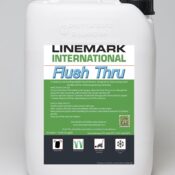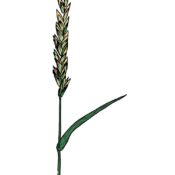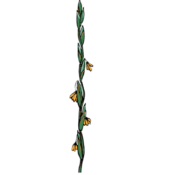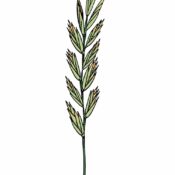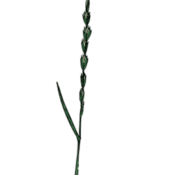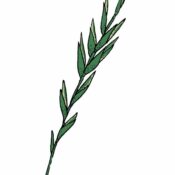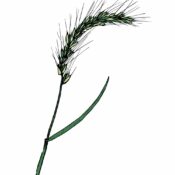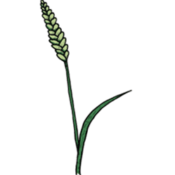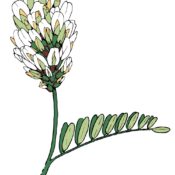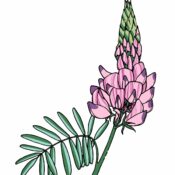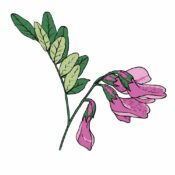Showing 436–450 of 460 results
-

Flush Thru
Compare product
- For use with all iGO line marking machines.
- For regular cleaning maintenance, preventing paint residues in piping, filters, pumps and nozzle
- Dilution not required or up to x8 water
-

Northern Wheatgrass
Compare product- Found in prairie grasslands; on dry slopes; in dry, open woods; and on sand hills
- The most common wheatgrass on the northern Great Plains
- Found from British Columbia to Manitoba
-

iGO Line Marking Machine
Compare product
- Easily accessible pump, provides consistent spray output
- The machine is easy to set up, operate and clean after use
- Provides excellent stability and maneuverability
-

Slender Wheatgrass
Compare product- Moist, well-drained soils
- Well adapted to low areas with saline soils
- Native to many grassland communities
-

Double-Net Straw ECB
Compare product
- Straw and coconut mixture for long-lasting erosion control
- Up to 24 months of erosion control protection
- Up to 2:1 (H:V) slope protection
-

Streambank Wheatgrass
Compare product- Commonly found in the northern Great Plains and intermountain regions of the Western United States
- Found in the grasslands of Western Canada
- Adapted to a wide variety of soils
-

Double-Net Straw Coconut ECB
Compare product
- Straw and coconut mixture for long-lasting erosion control
- Up to 24 months of erosion control protection
- Up to 2:1 (H:V) slope protection
-

Tall Wheatgrass
Compare product- Introduced to North America from Russia
- Adapted for dry roadsides and saline area
- Found in open forests in Grassland Regions and lower montane zones
-

Double-Net Coconut ECB
Compare product
- 100% coconut blanket for the longest lasting erosion control
- Up to 36 months of erosion control protection
- Up to 1:1 (H:V) slope protection
-

Western Wheatgrass
Compare product- Commonly found in the Grassland Regions and on suitable sites in the foothills and Parkland Regions
- Grows from British Columbia to Ontario
- Found in low-lying areas and on heavy alkaline and saline soils
-

Canada Wildrye
Compare product- Native to most of North America
- Commonly found in the prairie and Parkland Regions
- Found on sandy soil, shores, grasslands and dunes
-

Dahurian Wildrye
Compare product- Native to Siberia, Mongolia and China
- Adapted to a very wide range of soil types across Western Canada
-

Cicer Milkvetch
Compare product- Widely adapted legume
- Native to Eastern Europe and then transported to North America and South America
- Best suited for Rocky Mountain habitats but also flourishes in coastal climates
-

Sainfoin
Compare product- Native to areas of Europe and Asia
- Well adapted to western Canadian growing conditions
- Likes open grasslands and meadows
-

American Vetch
Compare product- Common throughout most regions of Alberta
- Not generally found in the mountains at higher elevations
- Common in mixed-grass prairie across Western Canada and south to Texas

